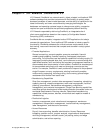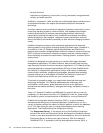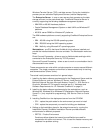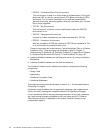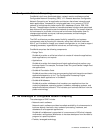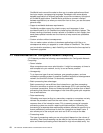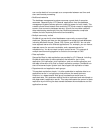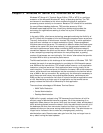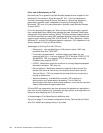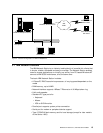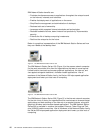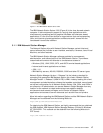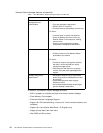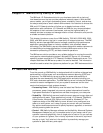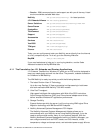
© Copyright IBM Corp. 1999 13
Chapter 3. Windows NT Server 4.0, Terminal Server Edition
Windows NT Server 4.0, Terminal Server Edition (TSE or WTS) is a multiuser
extension of the Microsoft Windows NT family of operating families. The TSE
environment is considered a thin-client architecture where all application
processing occurs centrally on the server. Because TSE clients will be available
for many different desktop platforms, TSE provides access to 32-bit
Windows-based applications from virtually any desktop and provides the
technology for organizations seeking to move into a pure 32-bit desktop
environment.
In the early 1990s, client/server technology emerged combining the flexibility of
the PC (client) with the power of mini and midrange computers known as servers.
The early incarnations of client/server involved "fat clients" in which application
logic and user interface run on each workstation (client). Data management
functions execute on the server. This scenario is effective when client and server
reside on the same LAN (local area network), but the generated network traffic
can lead to performance issues when considering WAN (wide area network)
connections between the client and the server. Although client/server still proves
to be a compelling computing architecture for many enterprises, a growing
number of businesses are now looking for "thin clients" alternatives that provide
for better WAN or dial-up connection performance.
The Microsoft solution to this challenge is the introduction of Windows TSE. TSE
extends the reach of corporate networks by providing for LAN-like performance
over WAN and dial connections. TSE allows multiple users to run an application
located on a terminal server as if that application were running locally on the
user’s machine. The terminal server is located on the same LAN as the enterprise
server, while the end-user workstations can be connected to the terminal server
over a WAN or dial-up connection. By sending only the information necessary to
paint the screen and convey mouse and keyboard events, performance over
WAN and dial-up connections rivals that of normal client/server applications over
a LAN. Administering a single copy of an application on the terminal server
greatly reduces the total cost of ownership for that application.
There are three advantages of Windows Terminal Server:
• WAN Traffic Reduction
• Central Administration
• Desktop Administration
WAN traffic is greatly reduced using TSE because the architecture is built for
efficient usage of bandwidth-intensive programs. All of the processing of an
application takes place on the server, while only the mouse, video, and keyboard
traffic are being passed across the network. Also, the administration portion of all
the desktops are done from one central location and that is on the server. All
updates are done on the server saving administration time. The administrator no
longer has to visit each client to make any changes greatly reducing
administration costs. Remote users also gain from this; they no longer have to
worry about having the latest updates.



